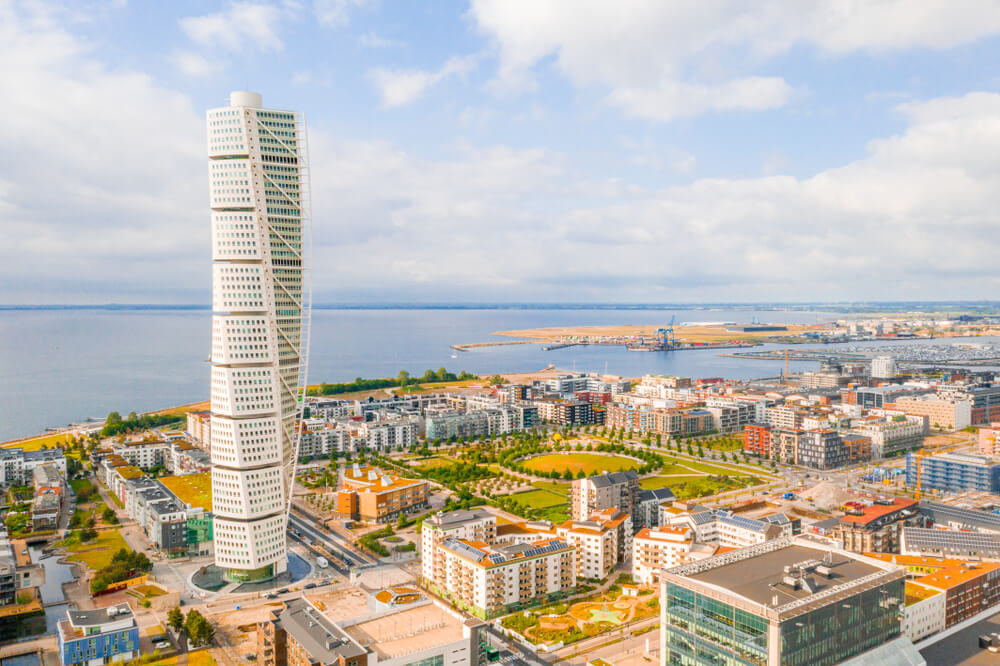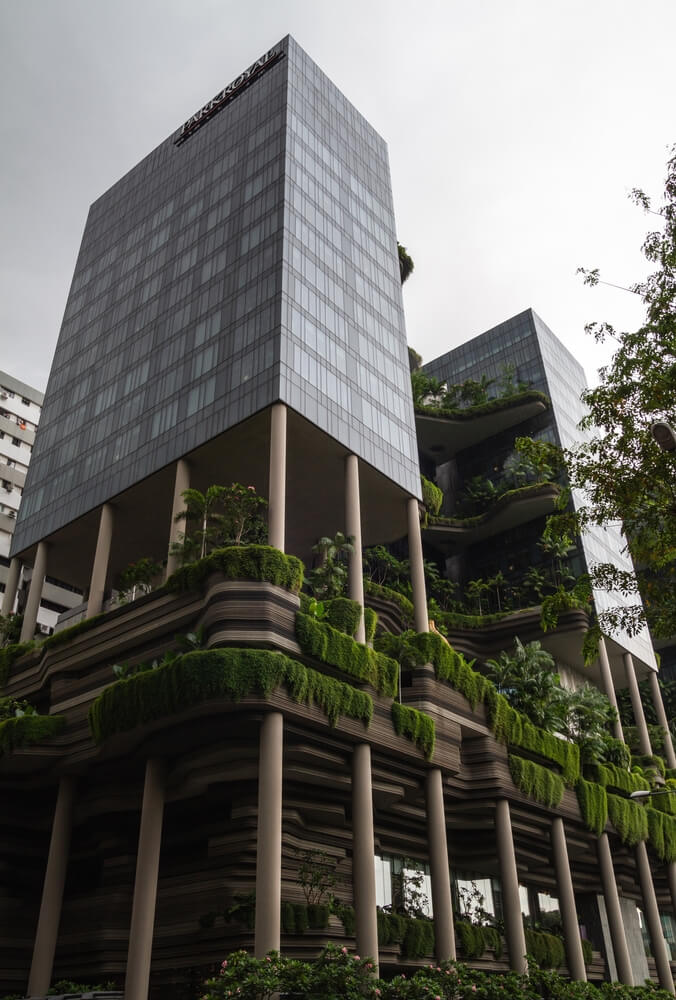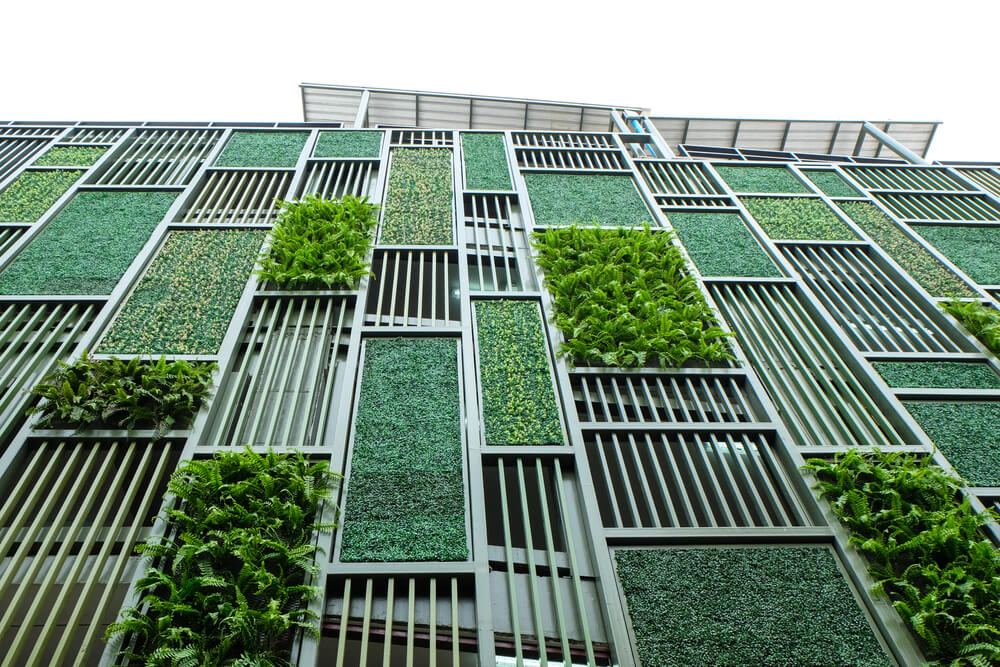A “green” building is one that, through its design, construction or operation, reduces or eliminates negative impacts on our climate and natural environment and, at the same time, has the potential to create positive ones. Green buildings help protect the environment and improve the quality of our lives.
Several characteristics can make a structure “green.” Among them are:
- Good indoor air quality
- Using materials that are non-toxic, ethical, and sustainable
- Using renewable energy, such as solar energy
- Efficient use of energy, water, and other resources
- Consideration of the environment in design, construction, and exploitation
- Consideration of the tenants’ life quality in design, construction, and exploitation
- A design that enables adaptation to a changing environment
- Measures to reduce pollution and waste as well as allow reusing and recycling
Any property, be it a house, office, school, hospital, community center, or something else, can be a green building if it meets the above criteria.
However, it is important to note that not all green buildings are – or need to be – the same.
Different countries and areas have different climates, cultures, traditions, building types and ages, as well as environmental, economic, and social concerns, all of which influence their approach to green building.
In addition to green buildings and green construction, we often come across the term self-sustainable buildings and real estate. Self-sustaining buildings reduce energy and water consumption and are an essential component of climate-resilient urban development. Green properties like towering skyscrapers and innovative museums are paving the way for more responsible urban development.
A green and/or self-sustainable building is one that, with its design and features, can help preserve or improve the quality of life in the area where it is located. To manage this, it is necessary to achieve a high level of efficiency: reducing the use of energy, water, and other resources also reduces pollution.
Examples of Green Construction

This project by Santiago Calatrava was inspired by the movement of the human torso. It is the highest skyscraper in Scandinavia, located at 190 meters on the Swedish side of the Resund Strait. Renewable energy is used for power supply. The kitchens recycle organic waste to produce biogas, and each apartment manages its own heating and water consumption.

This remarkable hotel in the heart of Singapore has 15,000 sq m of garden terraces, known as the sky gardens, undoubtedly making the guests very happy. Thanks to solar cells, motion sensors, and rainwater harvesting for future recycling, the gardens are designed to be self-sufficient and use minimal energy.
Certificates for Green and Sustainable Construction – LEED and BREEAM
LEED certification (Leadership in Energy and Environmental Design) is a globally recognized certification that determines whether a structure is sustainable.
In addition to the LEED certificate, there are also BREEAM certificates. BREEAM stands for “Building Research Establishment Environmental Assessment Methodology.”
BREEAM accreditation is administered by its parent company, the Building Research Establishment (BRE).
This is the oldest method of assessing, evaluating, and certifying the environmental sustainability of a building, which is the UK election methodology.
What’s the Difference?
“Leadership in Energy and Environmental Design” is what LEED stands for. It’s a certification program sponsored by the nonprofit United States Green Building Council (USGBC) that includes rating systems for everything from home design to construction, operation, and maintenance, as well as entire neighborhoods.
Although both programs deal with the environmental sustainability of a building, how the rating is given differs significantly.
Registered assessors review the evidence based on BREEAM credit criteria. BREEAM accreditation is awarded if a building meets BRE requirements. However, unlike BREEAM, LEED does not rely on assessors to gather evidence for certification. Instead, the design team collects the information and sends it to the USGBC. LEED certification is awarded if the data is analyzed and the building meets the requirements.
Some other differences between the two programs are:
LEED thresholds are based on percentages, while BREEAM criteria are quantitative.
LEED is considered simpler, while BREEAM is more rigorous.



